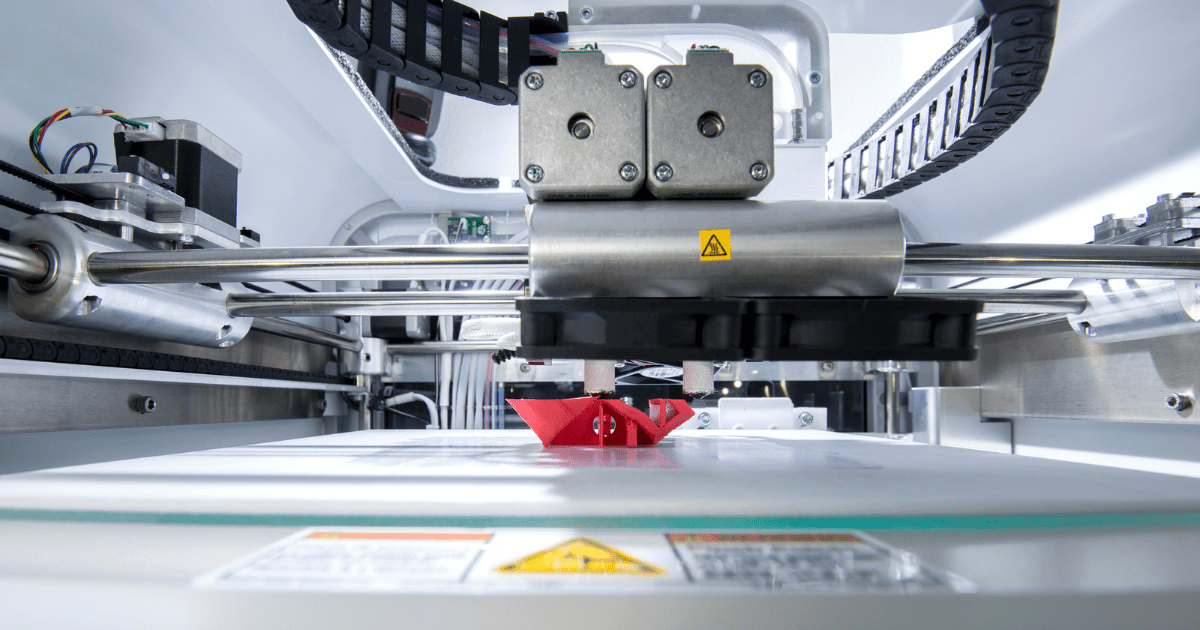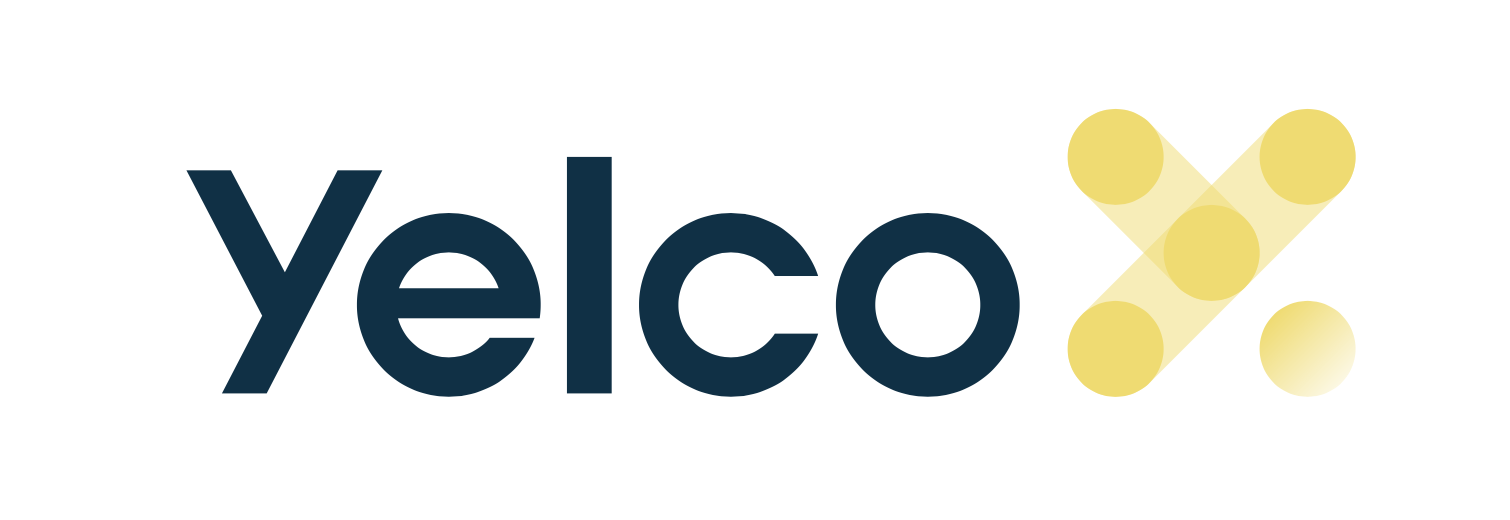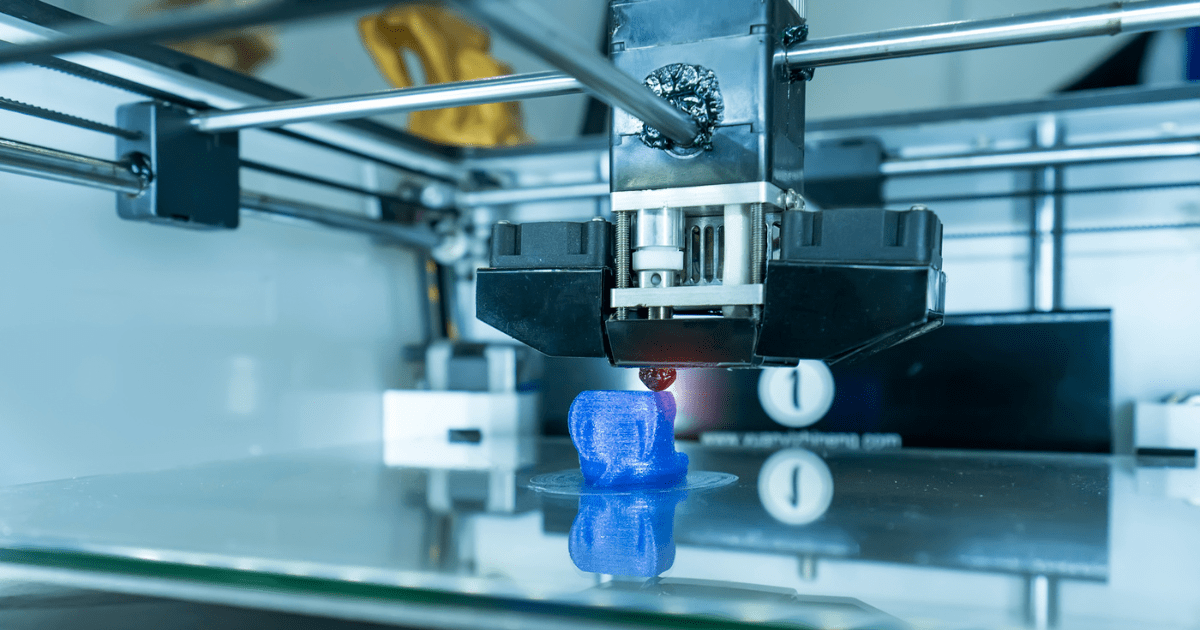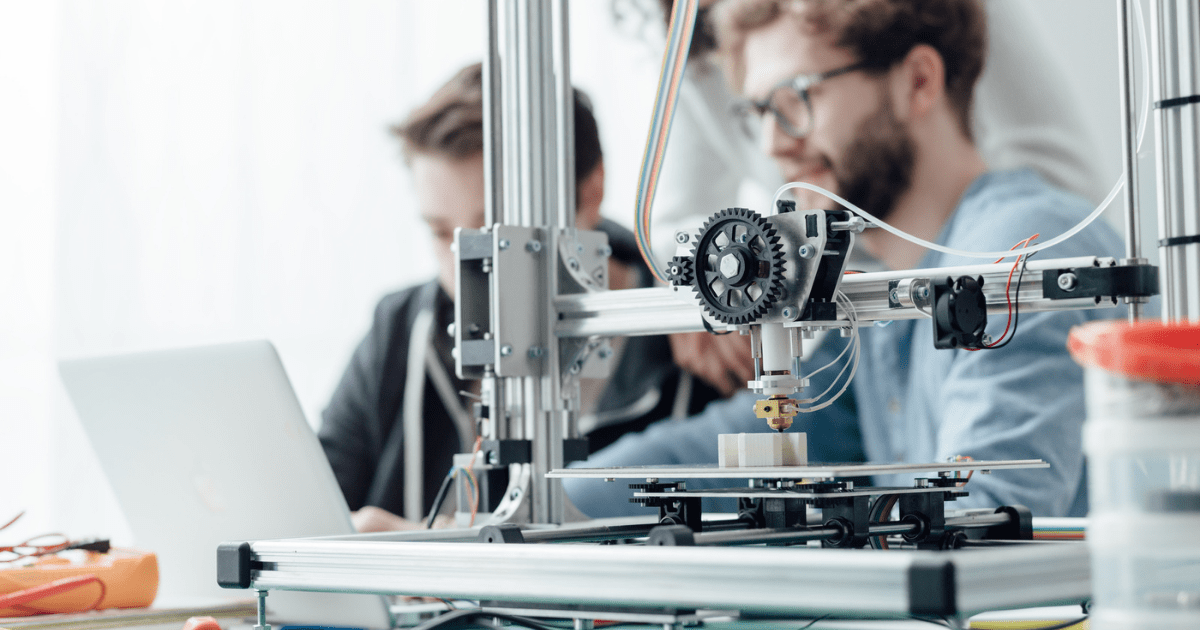An Overview of 3D Printing in Telecom: From Ideas to Production

3D printing is a digital manufacturing technology that can create physical objects from a digital file like CAD, that are printed with raw materials such as ABS, ASA, PLA, POM, among others.
This technology that is growing and expanding can be used for small productions of these computer-made designs in many industries, including in the telecom industry.
When talking about product customization, 3D printing has a big role in the telecom process.
How is this process started?
In the case of Yelco, once a client approaches us with the request for the development of a possible new product, we attribute this client as a Project Manager.
The Project Manager is the person that makes the first approach with the customer, in which the main parameters of the project are discussed, such as time-to-market and the minimum quantity of production (MOQ). Along with these, other technical issues like the description of the project, the problems that can be solved with it, and copyright possibility are all considered and written down in a model form.
After all the parameters are analyzed and proved to be viable, we begin with the development of the project.
What are the existing phases between the prototype and the final product?
After the first approach with the debate of ideas, and with the concept of the project approved, we move on to the 3D printing process.
In the telecom 3D printing process, we use two types of technologies:
- FDM (fused deposition modeling) and
- SLA (Stereolithography).
In the first phase of the project, FDM is the technology used for the first experiments and prototypes. Following the printing, these prototypes are sent to the client for feedback.
After the back and forth between the customer and Yelco with prototypes sent and requested changes, we then transition to the printing in SLA in order to get a field test product.
The final piece is printed in a SLA printer and then sent to the client for the field test. This printing is a close approximation to the real product as it is the last “prototype” sent and used before starting production.
When the needed production quantities are smaller, SLA printings can be used as the final product (in replacement of the traditional production), as this technology has precision in dimension, and can achieve specific finishes and strong resistance.
The same can happen with FDM printings, in cases where precision in dimension is not as fundamental and it’s not necessary to have strong resistance.
What type of technology and materials are used?
In the traditional production of telecom products, the raw material used is 99% plastic. The different types of materials that are commonly used in such production are ABS, ASA, POM, TPE (rubbery), PA6 (with fiberglass) and PPS (polymer).
When translating to FDM printing, the materials used are ABS, PETG (in replacement of POM) and TPU (in replacement of TPE). Unfortunately, this technology can’t print with materials with fiberglass, so it doesn’t support any replacement for PA6.
In SLA printing, the materials used are resin substitutes for plastic such as Tough 1500 (in replacement of ABS), Elastic 50A (approximation of TPE) and Rigid 10k (with fiberglass) or Rigid 4k (also with fiberglass, less resistant).
In post printing, each technology requires different processes which also involve different materials.
When printing, FDM prints support towers that can either be taken off by hand, with the help of pliers or spatulas, and, in case of a higher risk of breaking the piece, it can be submerged in a soluble material that helps with dissolving the towers.
When printing in SLA, the piece must be washed in alcohol to remove the excess of resin and then be cured in an oven. The post printing process of the SLA technology requires more care procedures and implies the use of toxic products that should be handled with caution.
Does the process take a long time?
The time needed for 3D printing in telecom depends on which technology is being used.
When using FDM printers, the execution of the prototype takes longer as it builds in layers and requires more movements throughout the piece. Even though it’s more time consuming, FDM printing is cheaper than SLA printing, making it more convenient to be used in the prototyping phase.
The SLA printer has a faster execution process and can produce more than one piece at the same time. Even though SLA printing is better at optimizing production time, the cost is higher, especially when producing more than one piece, as it requires more resin (that is expensive).
When comparing these two technologies time wise, FDM printing takes approximately double the time of SLA printing.
Besides 3D printing for telecom, Yelco also provides this technology for external services. This means that you can come to us with any request for 3D printing, even if you’re not involved in a telecom project with us.
Your project will be safe when working with us, as we sign an NDA to protect it.


